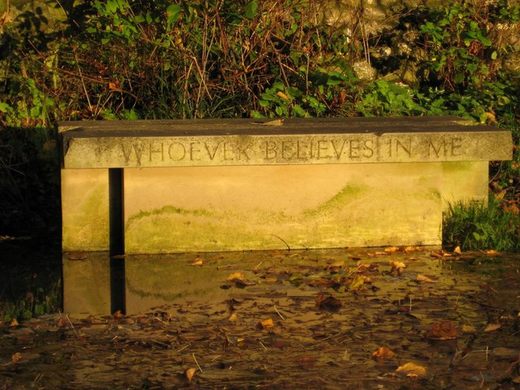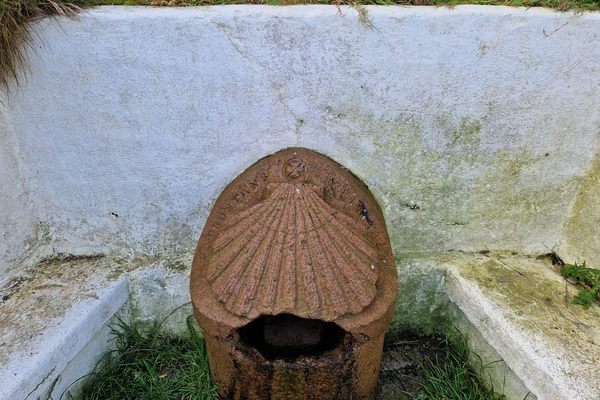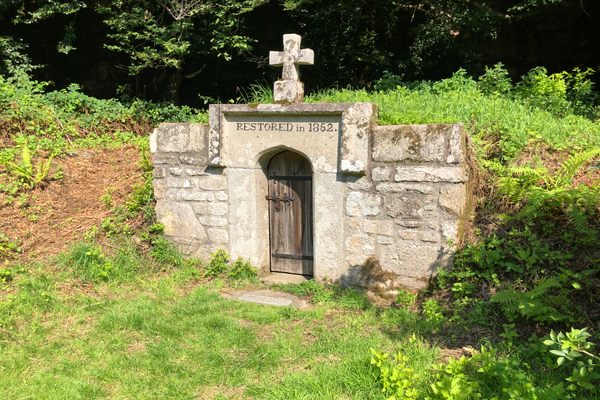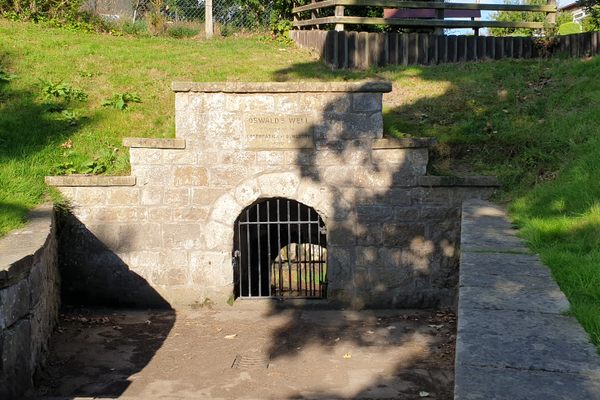St. Augustine's Well
This miraculous well is said to heal the sick, grant wishes, and tell the future.
In the year 597, St. Augustine landed in the Anglo-Saxon Kingdom of Kent to convert its population. He succeeded in his mission, converting the King of Kent, (Ethelbert), to Christianity. Following this, Augustine and a group of missionaries began traveling west.
Despite his success in Kent, the people of what is now Dorset were initially resistant to Augustine’s message, but the inhabitants of Dorset were ultimately swayed by the saint and converted. Augustine upon witnessing their conversion is said to have declared “Cerno El,” meaning “I perceive God.” It’s from this cry that, according to legend, “Cerne” Abbas is said to derive its name.
Augustine is said to have used a local holy spring to baptize the new converts. This spring became known as St. Augustine’s Well. Over time, the well has accumulated an array of apparent powers, from healing the sick and granting wishes to its ability to predict the future. According to legend, those who look into its water on Easter morning are said to see the faces of those fated to pass away in the coming year.
Following Augustine’s visit, the well attracted further important figures when, Edwold, son of the King of East Anglia, visited following a religious vision. It’s said that when Edwold arrived in Cerne, he bought bread and water from a shepherd, who showed him St Augustine’s Well, which Edwold recognized from his vision. Humbling himself, Edwold committed himself to the life of a holy hermit, living by the well for the rest of his life.
















Follow us on Twitter to get the latest on the world's hidden wonders.
Like us on Facebook to get the latest on the world's hidden wonders.
Follow us on Twitter Like us on Facebook